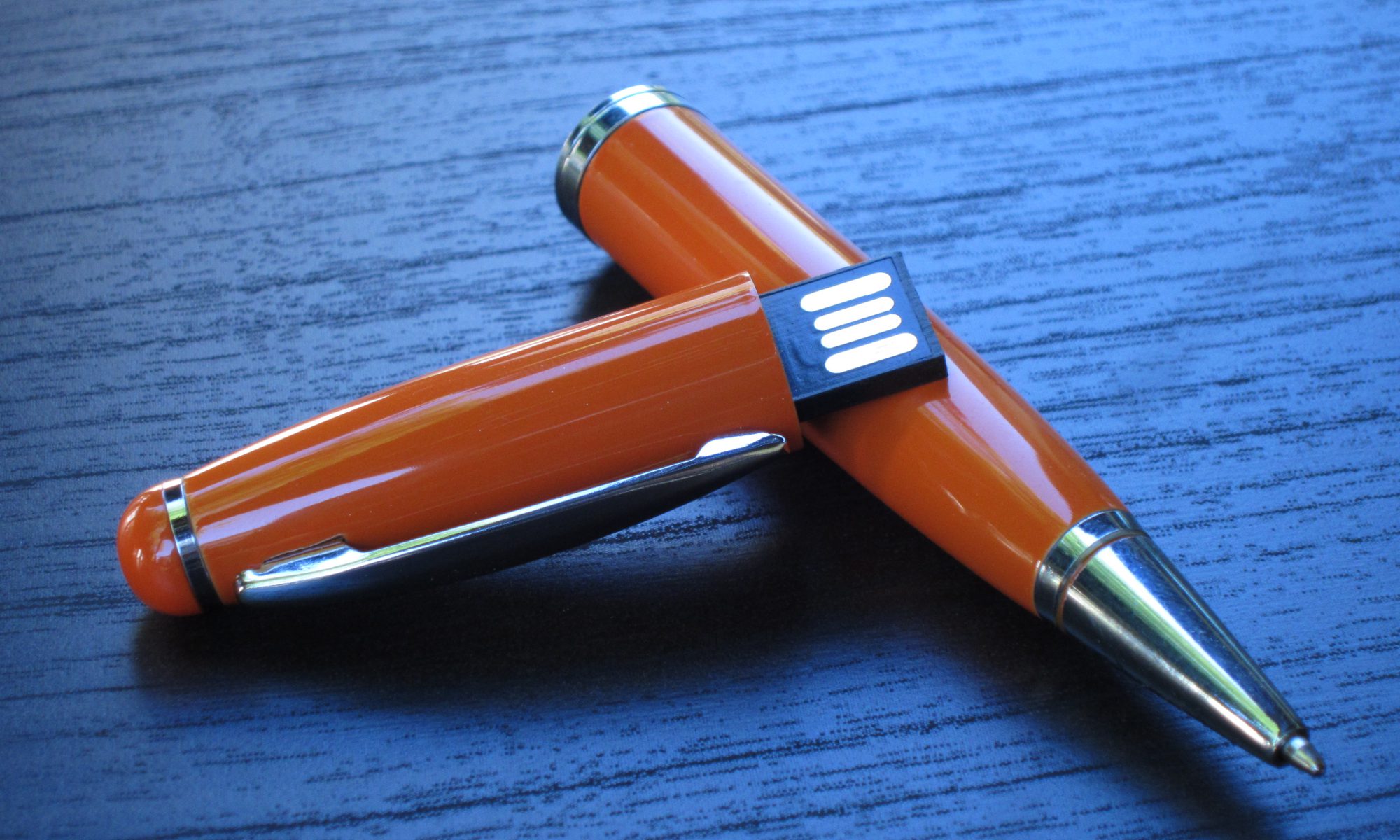Fast speed Internet connections are now a requirement for even the basic Web browsing. The computers and laptops also have to stay ahead to meet the ever expanding requirements of numerous videos, music, and flash animations.
The combination of computer power and ever increasing need to store more data, generates an equal need to have the data backup. Many solutions are being offered by large power houses such as Microsoft and Google for cloud applications; additionally there are many more that offer cloud backup as well as plain data storage.
What is cloud computing anyway? The basic concept involves networking a large number of server computers to enable data storage or application environments for the end user such as yourself. These server computers may be sitting on the property of the company from which you receive the service or distributed in many locations all over the world.
The cloud computing asks you to put your trust in the service provider ability to keep your data safe and secure. Do you have the trust in your cloud service provider?
For those people who must answer “No” for any reason, the local storage of sensitive data is much more comforting. The flash memory data storage such as flash drives and SSD (solid state drives) are growing larger and offer faster speeds with USB 3.0. The ability to use strong encryption algorithms to protect the data and keeping the data close raises the comfort to a level which the cloud computing has a hard time to reach.
Cloud computing is a great way to store, backup, create, and organize casual data and documents. If you have sensitive data or you don’t feel the unconditional trust for the cloud service provider, consider the flash memory route with the encrypted flash drives and SSDs.

